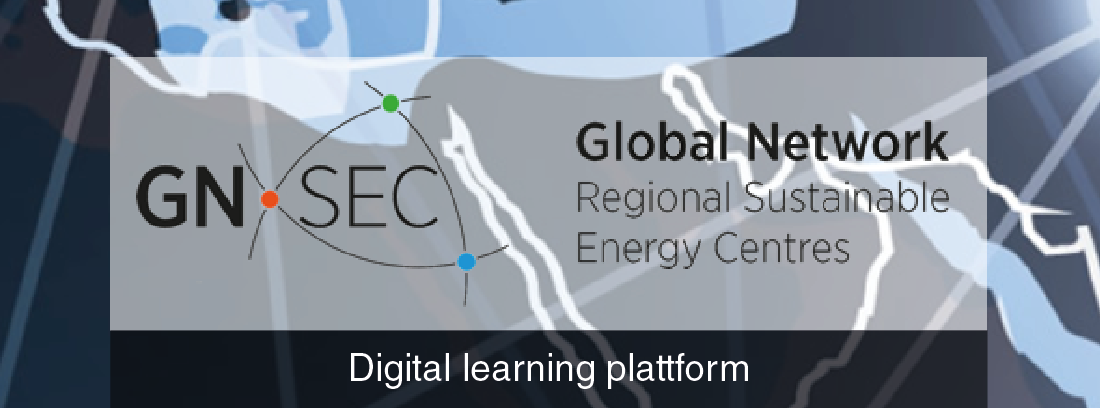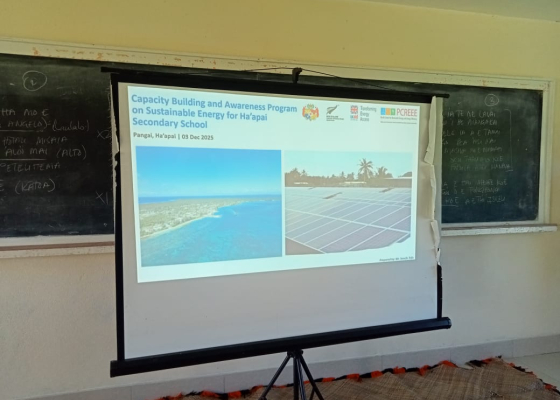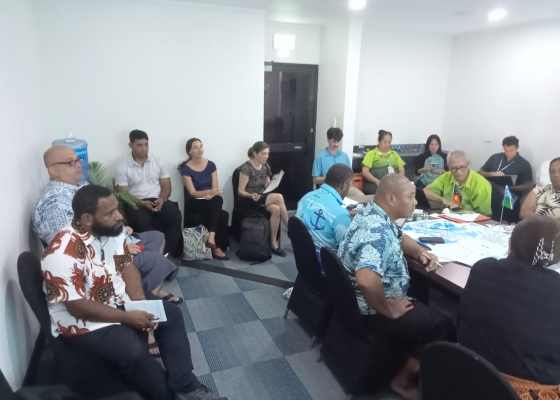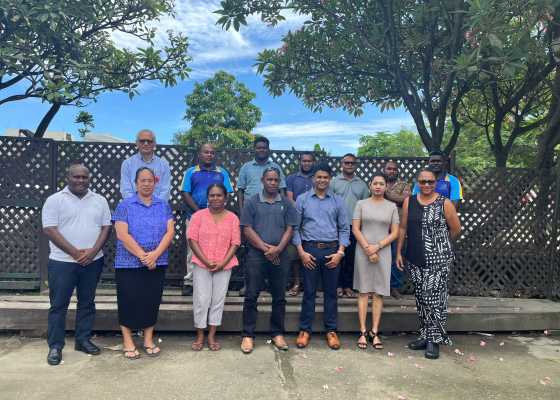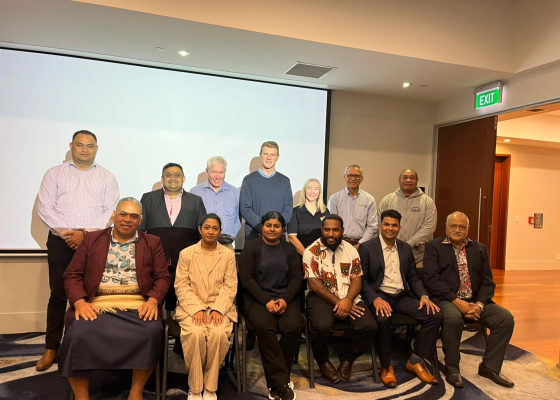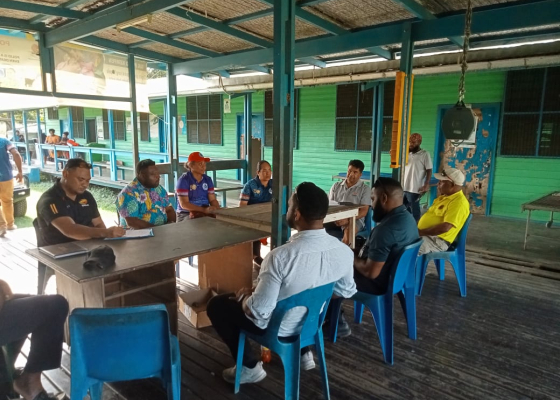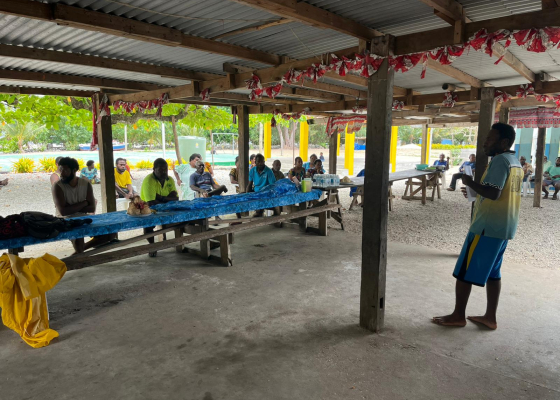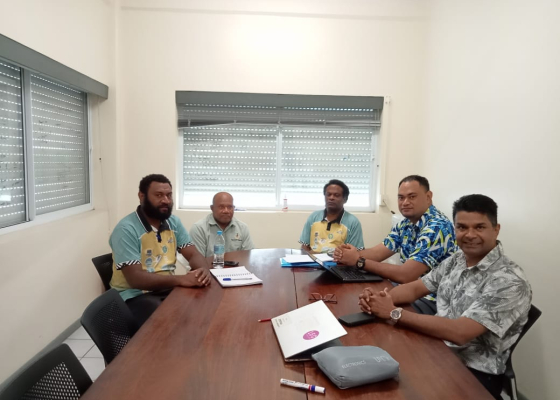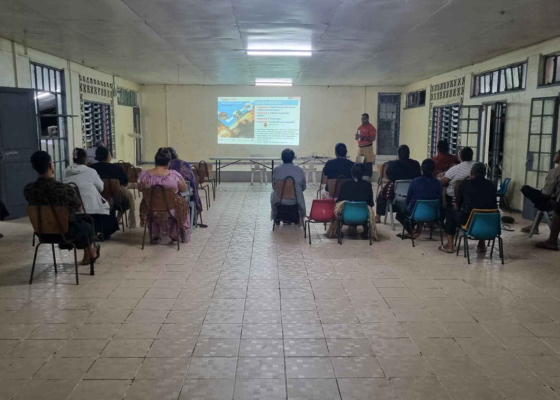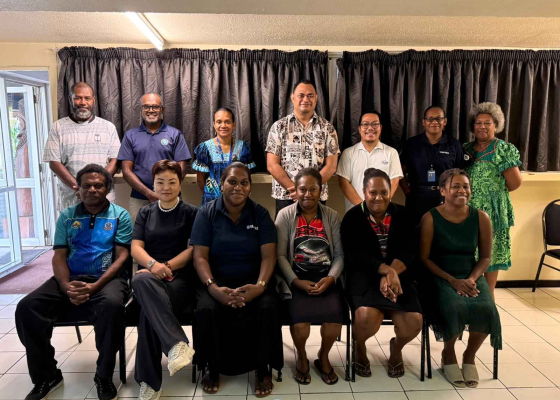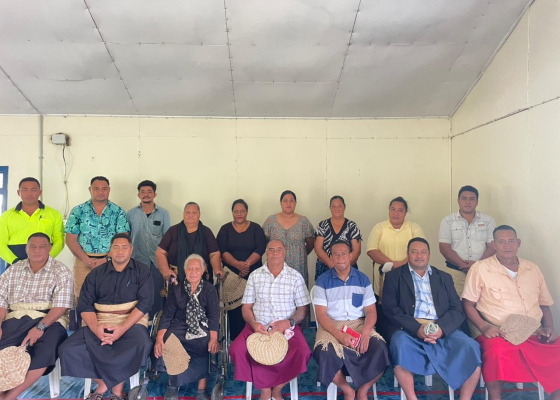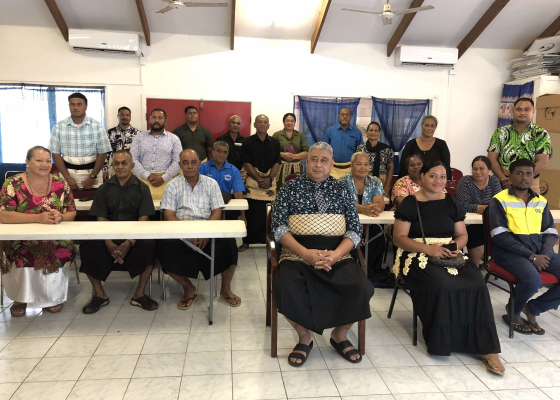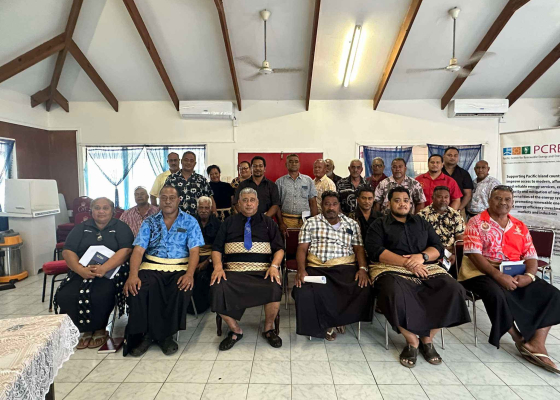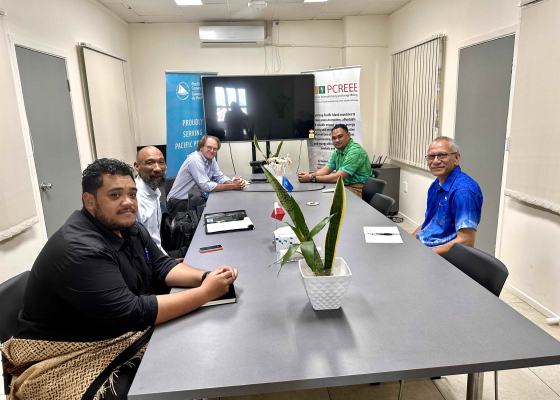Pacific Regional Solid Waste Management Strategy 2010-2015
Executive Summary: This is the Pacific Islands region’s Strategy for solid waste management, setting the strategic direction for the period 2010-2015. It is supported by a high-level implementation plan which sets out the key actions that will be taken to deliver the vision of the strategy.
This Regional Solid Waste Management Strategy, 2010-2015 provides a framework within which to achieve the vision of “A healthy and a socially, economically and environmentally sustainable Pacific for future generations”, and the overall goal that Pacific Island Countries and Territories will adopt cost-effective and self-sustaining Solid Waste Management systems to protect the environment, in order to promote a healthy population and encourage economic growth.
The Strategy has been developed in consultation with key stakeholders through a series of subregional workshops. It represents a renewed and updated vision of the Regional Solid Waste Management Strategy 2005 (RS2005), taking into account emerging challenges and opportunities, and progress achieved under RS2005.
The first chapter – The Regional Solid Waste Management Strategy, 2010-2015 – sets out the broad intentions of the strategy and the context within which it operates. The second chapter – Background – provides some basic background information on PICTs and the development of the original strategy RS2005. The third chapter – Waste Management in the Pacific – outlines some of the success stories for waste management in the region, achieved under RS2005, and also summarizes the implementation progress of RS2005. It highlights some of the key challenges, issues, and opportunities for waste management in the region and concludes with a summary of the nine key strategic areas for action, and a basic framework for measuring implementation progress. The next nine chapters focus on the key strategic areas for action to achieve the Strategy’s goals. Each chapter summarizes the desired outcome, the current conditions, and the strategic goals, and also proposes a high-level implementation plan with specific actions, timeframe and lead actors. Forty-one high-level actions have been identified.
The specific strategic areas are:
- Sustainable Financing
- Integrated solid waste Management, covering the 4Rs (refuse, reduce, reuse, recycle), collection and disposal
- Legislation
- Awareness, Communication and Education
- Capacity Building
- Environmental Monitoring
- Policy, Planning and Performance
- Solid Waste Industry
- Medical Waste
Implementation of the strategy at the regional level will be coordinated by SPREP, whereas at the national level, actions will be led by the Coordinating Agency for waste management in each country.
The top 5 priorities identified during consultations for implementation are (1) Sustainable Financing (2) Integrated Solid Waste Management (3) Legislation (4) Awareness, Communication, and Education and (5) Capacity Building
Upcoming Events
-
01/19/2026 to 01/23/2026
-
03/02/2026 to 03/03/2026






